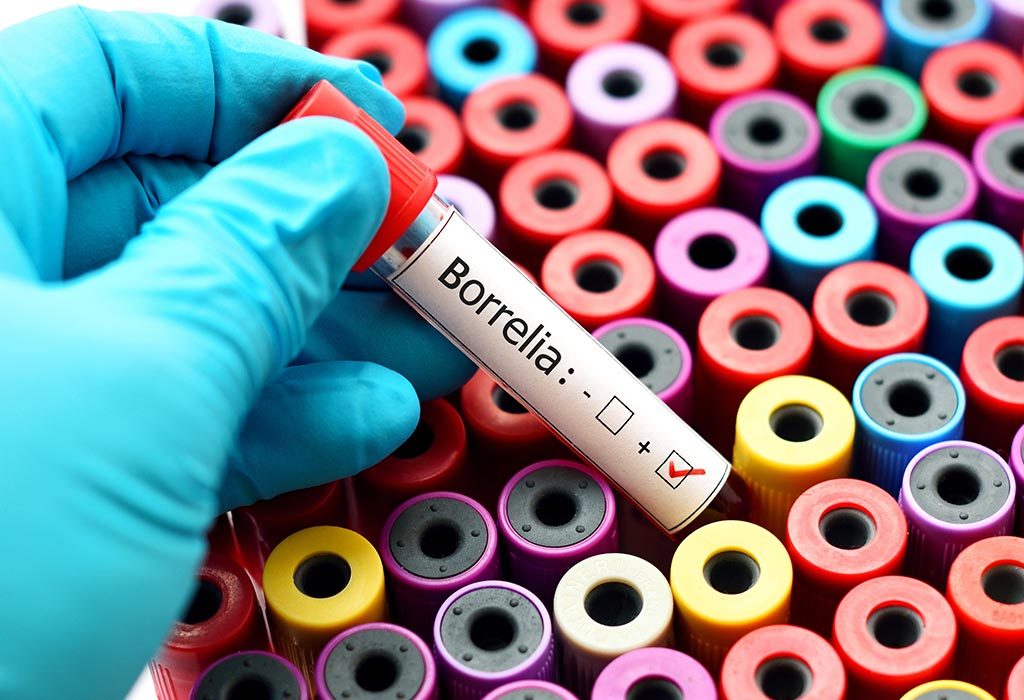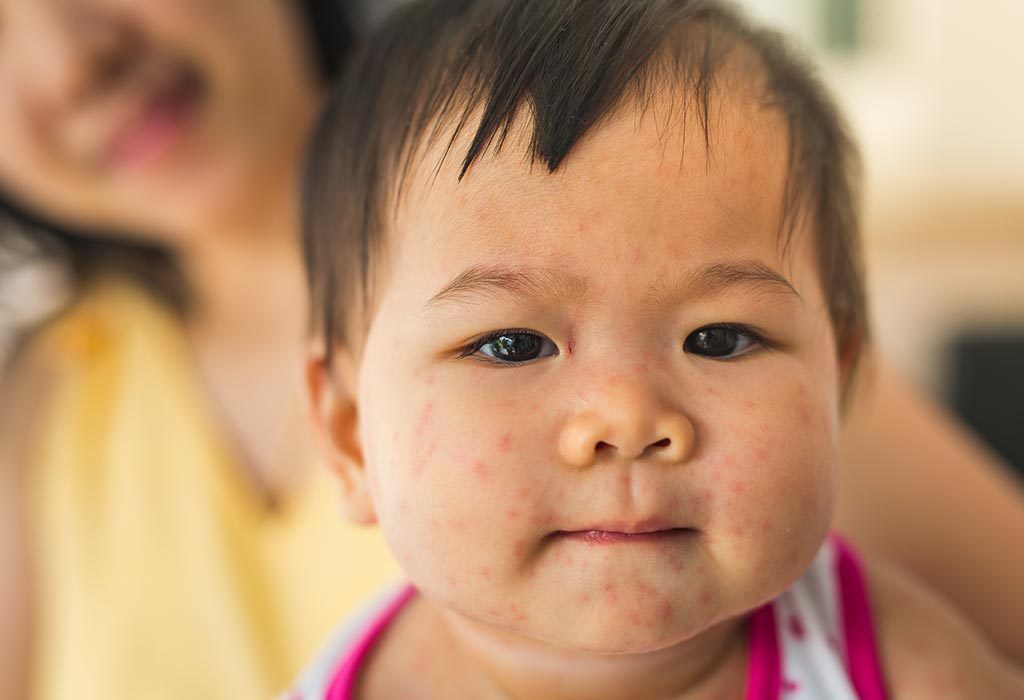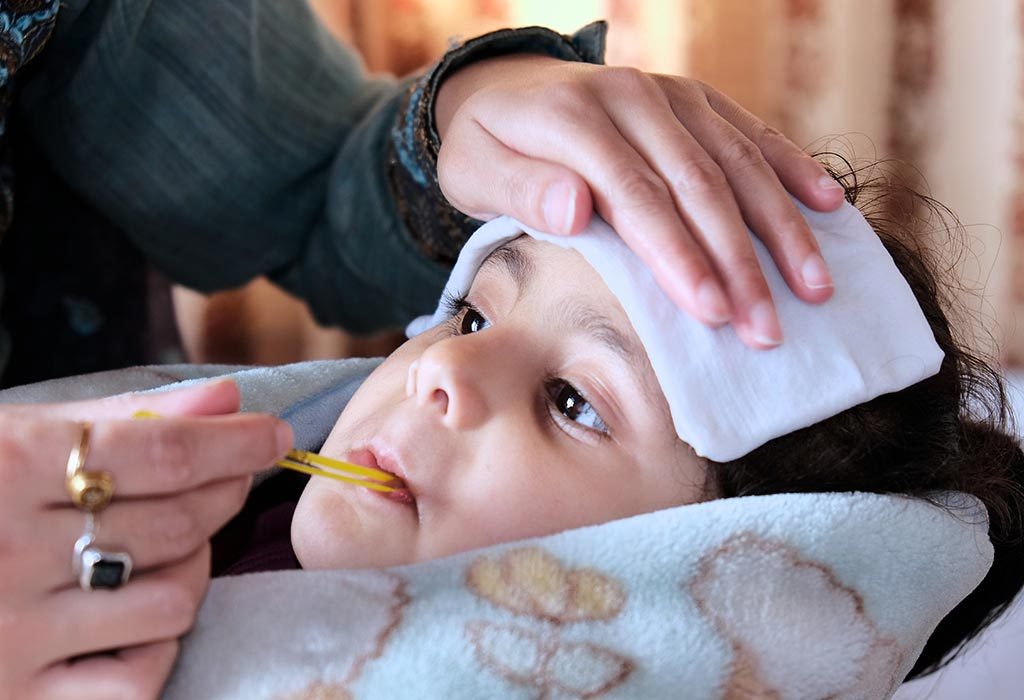Continued Fever in Child Despite Er
In this Article
- Causes of Recurrent Fever in a Child
- Tips for Parents
Children have a tendency to fall ill because their immune system is not fully developed. It is common for parents to worry about seeing their child sick and in pain. If your child has a fever, you may want to give him over-the-counter medicine. However, this is not always the best option. A fever is any temperature above 100.4˚F. High fevers often occur with infections that may not always be not life-threatening. A fever becomes a matter of concern in children less than 2 years of age or if the fever is persistent. This article lays emphasis on recurrent fever in 3-year-olds or paediatric age children, the various causes, and the ways to alleviate body temperature during a fever.
Causes of Recurrent Fever in a Child
To know whether a child has a recurrent fever or not, certain aspects need to be considered like the age of a child at the onset, medical history of the family, febrile episode duration, a span of the interval from one episode to another, related symptoms and response to medication. Furthermore, data related to animal exposures, and travel history are useful to plan further treatment.
Recurrent fever in a toddler is defined as three or more episodes occurring in a six-month period, a minimum of seven days apart, without obvious symptoms or causes. The causes of recurrent fever may be infectious or non-infectious. Here we list different causes with the accompanying symptoms.
1. Periodic Fever Syndrome
Periodic fever is a syndrome genetically inherited from parents. It causes a fever without any signs of infection. Children are normal between outbursts of the disorder and are affected differently based on their ethnicity, geographic location, and affected body part. The treatment is also dependent on the same factors.
Symptoms
- Joint pain
- Recurrent fever
- Abdominal pain
- Inflammation in the kidney
- Chest pain
2. Borrelia Burgdorferi
Borrelia is the causative bacterium for Lyme disease. Infected ticks pass on the illness to a human by biting. If left untreated, Lyme disease causes recurrent fever. Starting antibiotics is advisable as soon as you notice a tick bite.

Symptoms
- Fever
- Muscles ache accompanied by chills
- Night Sweats
- Fatigue
- Nausea
- A headache
- Joint pain
- Rashes
3. Cyclic Neutropenia
When the white blood cell count of your body drops, it is unable to fight off infection and kill bacteria. This becomes a cause of recurrent fever. It happens in a 3-week cyclic pattern of wellness and cell count drops.
Symptoms
- Fever
- Feeling ill
- Loss of appetite
- Gum disease
- Ulcers in the mouth
4. Dental Abscess
Dental abscess forms due to tooth decay. The abscess flares periodically and causes recurrent fever. If the infection permeates the bloodstream, then the fever becomes constant. A dental abscess may be accompanied by pain or be pain-free but requires immediate medical attention.
Symptoms
- Fever
- Jaw ache
- A toothache
- Bad breath
- Swollen face
- Loose tooth
5. Behcet's Disease
Behcet's is an autoimmune disease that causes vasculitis and inflammation of the body. Behcet's disease in children is very rare and people between the ages of 20 and 30 years are prone to it. This disease is non-contagious and you can try treating it but it has no cure.
Symptoms
- Skin or mouth ulcers
- Genital ulcers
- Eye inflammation
- Ulceration of the digestive system
- Joint pains
- Headaches
6. Lymphoma and Leukaemia
A weakened immune system can lead to abnormalities of the white blood cells, causing lymphoma or leukaemia. A child can have a recurrent fever due to leukaemia or lymphoma as it is cancer that affects the immune system.
Symptoms
- Fever
- Lymph node swelling
- Enlarged liver or spleen
- Bruising
- Night sweats
- Weight loss
- Abdominal pain
- Cough
- Fatigue
7. Epstein-Barr Virus
Epstein-Barr is common among children. It is a viral infection commonly called 'kissing disease' or 'infectious mononucleosis'. The infection is extremely contagious and can be contracted through saliva from sharing water. In the duration that it takes to build immunity, the fever would be recurrent.

Symptoms
- Fever
- Sore throat
- Extreme fatigue
- Cough
- Rash
- Chills
- Headaches
- Abdominal pains
8. Crohn's Disease
This is an inexplicable inflammation of the colon and digestive tract. It creates a recurrent fever and other symptoms. Inflamed bowels also occur and can spread to other areas. It is incurable, but treatments can lessen the severity of the disease.
Symptoms
- Fever
- Fatigue
- Bloody stools
- Diarrhoea
- Sores in mouth
- Malnutrition
9. Juvenile Idiopathic Arthritis
Juvenile idiopathic arthritis is the most prevailing form of arthritis in children under 16 years of age. It is an autoimmune disease that is non-infective. It may run a limited course or be chronic and cause inflamed joints.
Symptoms
- Fever
- Lethargy and fatigue
- Loss of appetite
- Swollen joints (knees, wrist, ankle)
- Stiffness
- Lymph node swelling
- Rashes
- Pain
Tips for Parents
A fever causes great discomfort to the child, and there are some measures that a parent can take to reduce the temperature for simple fevers. Listed below are some tips for worried parents:
1. Provide More Fluids
Give your child electrolytes and make sure that they drink plenty of water. Fever leads to dehydration and reduction of body fluids. These need to be replenished constantly to help reduce his temperature.
2. Give Medication for Fever
If a recurrent fever is being caused by an infection, an over-the-counter prescription may be suggested to you by the doctor to reduce your child's temperature.
3. Use a Cool Wrap Cloth
From time to time place a cool wrap or washcloth on your child's forehead to bring down the temperature. You could place the baby in a tepid bath for a short time to bring down the temperature.

4. Consult Your Doctor
A fever that lasts for more than a few days could indicate serious causes and warrant a visit to the doctor. Try home remedies to control the fever but do not wait too long to consult a doctor.
5. Reduce the Layers of Clothing
Swaddling your child when he has a temperature will ensure that the heat is retained by the body. Reduce the layer of clothing and blankets. If you are afraid the child will feel cold, use a light cotton blanket.
Fever may not always be serious. Most of the time, a fever is an indication that the immune system is fighting off an infection. However, it is important to consider your child's case history and conduct thorough physical examinations during and in between feverish episodes to guide further diagnosis. Despite exhaustive evaluation, sometimes the recurrent fever may go undetected. Keep a watch for new signs and have follow up consultations with your doctor to avoid complications.
Also Read:Viral Infection in Kids
Source: https://parenting.firstcry.com/articles/recurring-fever-in-child-should-you-worry/
0 Response to "Continued Fever in Child Despite Er"
Post a Comment